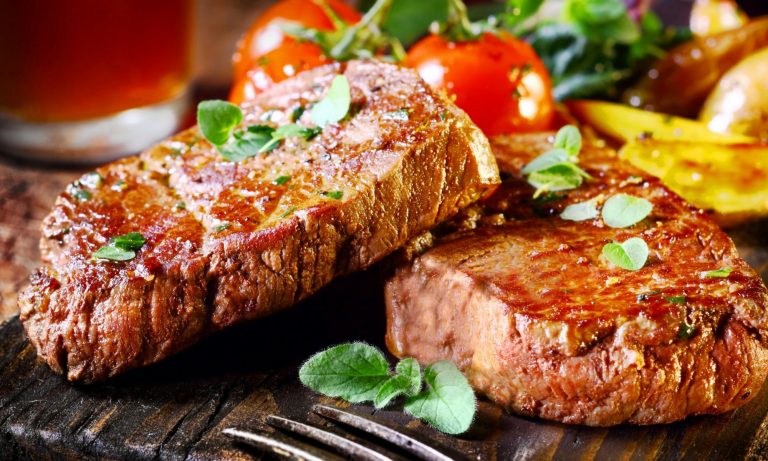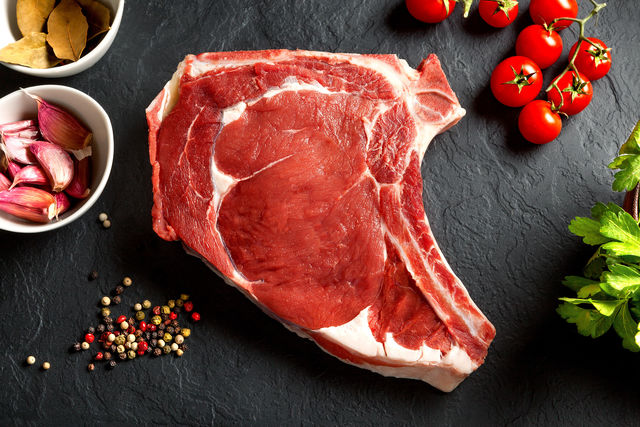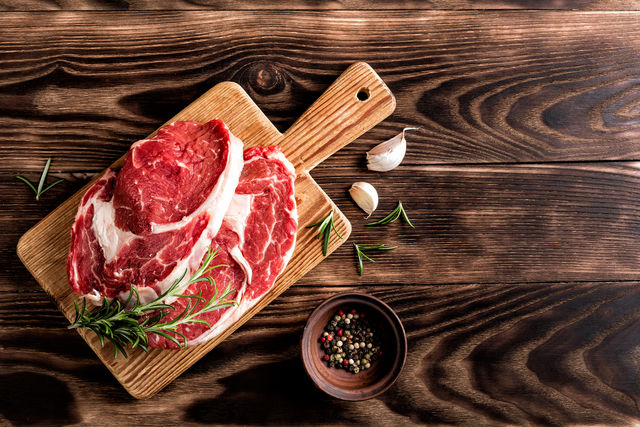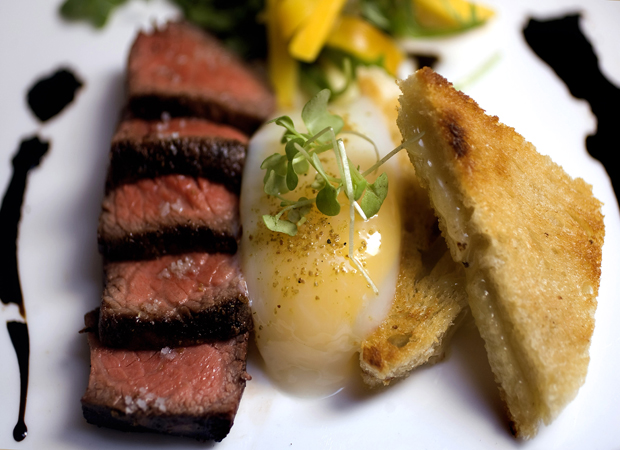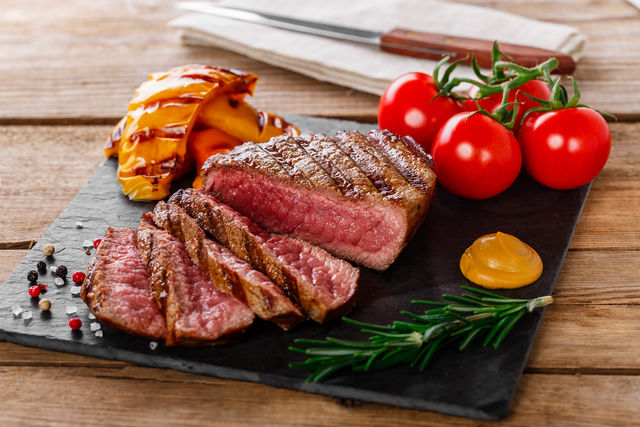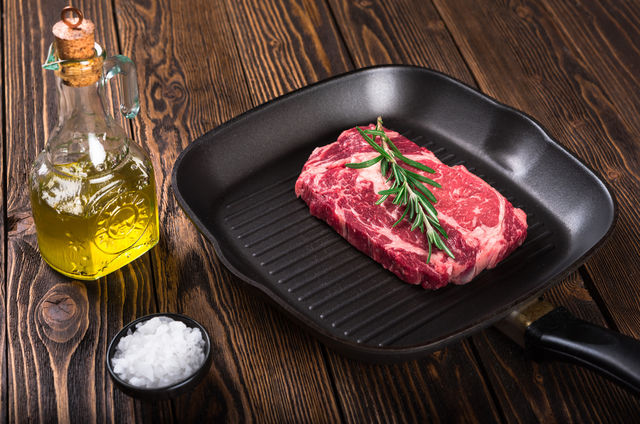It is not at all necessary to book a table in a steakhouse to taste a steak, because cooking it at home is not as difficult as many might think. You just need to remember a few rules for preparing this dish:

- The first and, perhaps, the main point is choosing the right meat. You cannot cook a medium-rare steak from pork or chicken. It is only beef. When choosing meat, you should pay attention to the breed and age of the animal. In most cases, the market sells the meat of an elderly cow that gave milk during its lifetime. Such meat is suitable only for stewing, as it is quite tough and does not have “marble” veins.
- For steaks, cuts of special breeds of gobies, for example, Black Angus, are suitable. These animals lead a sedentary lifestyle and are specially fed (grass or grain). The breed in combination with a special diet allows us to buy marbled beef – it is tender meat with thin layers of fat.
- The beefsteak must not be frozen. Ideally, this will damage the fibers of the meat during the freezing and thawing process, and as a result, it becomes less juicy. But if the beef steak has been frozen correctly (blast chilled at a very low temperature) and thawed just as correctly (in the refrigerator), then you can still make a decent meal.
- Don’t buy fresh meat. The cut must go through a wet or dry maturation stage, then the meat is fermented, softened and its taste will be much improved. For steaks, we recommend buying dry-aged beef.
- Do not cook all cuts in the same way. For example, the classic rib-eye steak does not require any preliminary intervention, while the alternative Flank steak should be softened with a marinade.
- Once you’ve selected and purchased the right meat, dry it off with paper towels. Before sending the cut to the pan, it must be dried so that the evaporating droplets of moisture do not transfer from the frying process to stewing.
- An important rule of thumb: Only cook aged beef steaks that have reached room temperature. So there will be no sharp drop and the meat will retain more juices. Salt should be immediately before cooking, or at least 40 minutes before, by including salt in the marinade. Make sure to pepper the marbled beef steak. Do not feel sorry for dry spices, as they crumble during cooking. If you are cooking a medium-rare steak in a skillet or grill pan, do not pour oil on the surface. Just brush on the cut with a cooking brush; that should be enough.
- The best way to cook a medium-rare steak for the first time is to get a cooking thermometer. The temperature inside the cut for medium-rare should be 55-60 ° C. The classic steak thickness is about 3 cm. It should be cooked in a hot skillet for 3 minutes on each side. If you don’t have a cooking thermometer, you can try to feel the roast by touch, just remember to wear rubber gloves to avoid getting burned. Connect the thumb and middle finger of your left hand, and with your right, feel the stiffness of the muscle on the thumb – this is how a medium-rare steak should feel to the touch.
- Well, after cooking the steak, he must be given time to rest, during which the juices are evenly distributed throughout the cut. Divide the cooking minutes in half and place the medium-rare steak under the foil during this time. You can put a small cube of butter on top for a delicate, creamy flavor.

